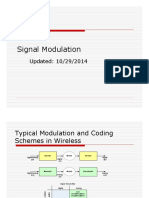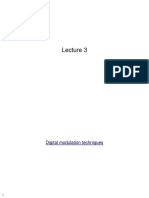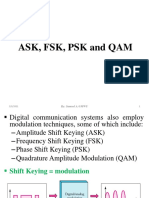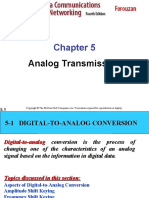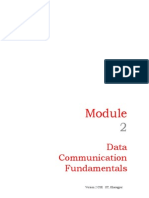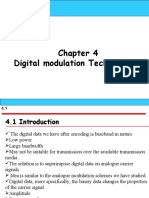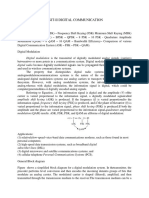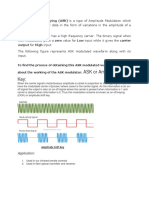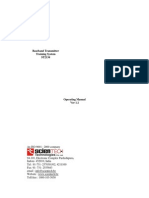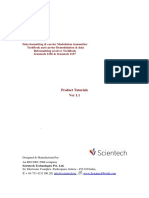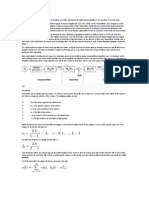0% found this document useful (0 votes)
12 views98 pagesData Communication-2
The document discusses the transmission of digital data over analog signals, particularly through public telephone networks using modems for digital-to-analog conversion. It covers various modulation techniques such as Amplitude Shift Keying (ASK), Frequency Shift Keying (FSK), and Phase Shift Keying (PSK), along with multiplexing methods like Frequency Division Multiplexing (FDM) and Time Division Multiplexing (TDM). Additionally, it includes calculations related to bit rates, baud rates, and bandwidth for different signaling schemes.
Uploaded by
THARUN ADITHYANCopyright
© © All Rights Reserved
We take content rights seriously. If you suspect this is your content, claim it here.
Available Formats
Download as PDF, TXT or read online on Scribd
0% found this document useful (0 votes)
12 views98 pagesData Communication-2
The document discusses the transmission of digital data over analog signals, particularly through public telephone networks using modems for digital-to-analog conversion. It covers various modulation techniques such as Amplitude Shift Keying (ASK), Frequency Shift Keying (FSK), and Phase Shift Keying (PSK), along with multiplexing methods like Frequency Division Multiplexing (FDM) and Time Division Multiplexing (TDM). Additionally, it includes calculations related to bit rates, baud rates, and bandwidth for different signaling schemes.
Uploaded by
THARUN ADITHYANCopyright
© © All Rights Reserved
We take content rights seriously. If you suspect this is your content, claim it here.
Available Formats
Download as PDF, TXT or read online on Scribd
/ 98












